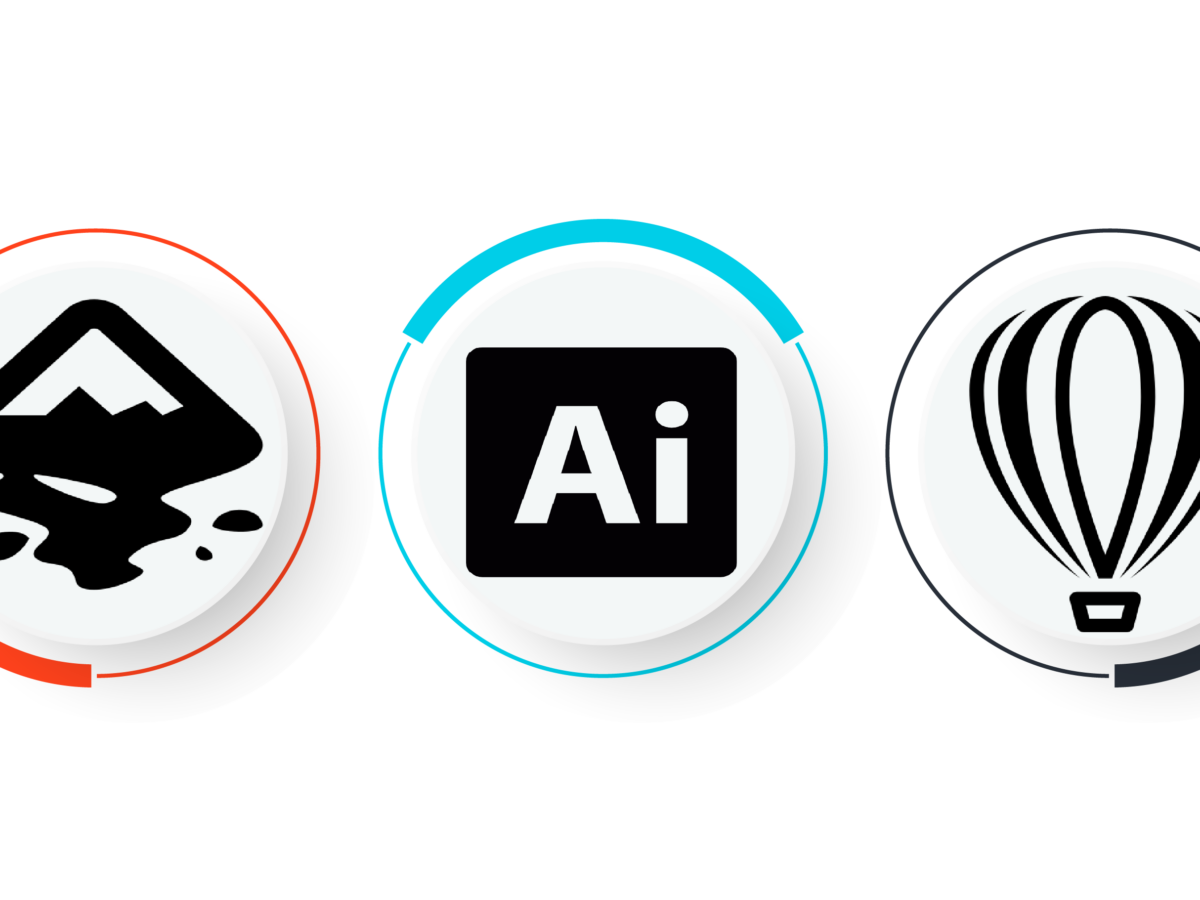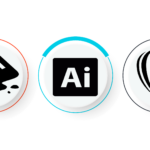In the realm of graphic design software, few names have stood the test of time as resolutely as CorelDRAW. Since its inception in 1985, CorelDRAW has been a cornerstone for professionals and hobbyists alike, offering a suite of features that have evolved to meet the ever-changing demands of the industry. This article aims to provide an in-depth look at the various versions of CorelDRAW, highlighting its significant milestones and how it has shaped the graphic design landscape over the years.
The story of CorelDRAW is not just about a software package; it’s about a vision that transformed the way we approach graphic design. Founded by Michael Cowpland in Ottawa, Canada, Corel has been a pioneer in developing software solutions that are both innovative and user-friendly. The journey began with a small team of four, who worked diligently to create a product that would later become an industry standard.
This post contains links to products that you may purchase or subscribe online. If you make a purchase after following these links, we may receive a benefit and thus help our site to keep online.
The Humble Beginnings: CorelDRAW’s Early Versions
In the late 1980s, CorelDRAW was initially designed for Microsoft Windows 286. The first version was relatively primitive by today’s standards but was groundbreaking for its time. The software was developed under the code name “WALDO,” named after a robotic arm that mimics hand movements. The initial goal was modest, with expectations to sell around 2,000 copies.
The 1990s saw the release of CorelDRAW 1.01, which introduced filters that made the software compatible with other graphic design programs. This version was designed to work on IBM 286 PCs, which had hard drives with a mere 40 MB of storage and 2 MB of RAM. Despite these limitations, CorelDRAW 1.01 was a significant step forward, setting the stage for future developments.
A Leap in Innovation: CorelDRAW 2 to CorelDRAW 6
CorelDRAW 2 hit the market in the fall of 1991, featuring a plethora of improvements and functionalities that were far ahead of its time. For the first time, designers had access to features like envelope effects, blending, extrusion, and perspective, which were previously unheard of in graphic design applications.
CorelDRAW 3 marked a major advancement by becoming the first comprehensive graphic design software suite programmed for Microsoft Windows 3.1. It included Corel PHOTO-PAINT, CorelSHOW, CorelCHART, Corel MOSAIC, and CorelTRACE. This version laid the foundation for the integrated suite of graphics tools that we know today.
The Modern Era: CorelDRAW 7 and Beyond
CorelDRAW 7 was optimized for Intel’s MMX technology and designed for Windows 95 and Windows NT 4.0. This version began to integrate Corel PHOTO-PAINT into CorelDRAW, resulting in a more cohesive production environment.
CorelDRAW 8 was aimed at professionals and was designed to maximize productivity in the least amount of time. It included advanced web tools and expanded file import options. Subsequent versions like CorelDRAW 9 and CorelDRAW 10 continued to offer numerous improvements, such as the ability to publish in PDF, compatibility with EPS and PSD file formats, and built-in ICC color profiles.
The Future is Bright
CorelDRAW has come a long way since its inception, and its future looks incredibly promising. With each new version, Corel Corporation continues to push the boundaries of what is possible in graphic design software. Whether it’s the introduction of new animation and 3D rendering capabilities or the optimization for multi-core processors and 64-bit systems, CorelDRAW remains at the forefront of innovation.
The software has not only adapted to technological advancements but has also set industry standards. It’s not just a tool; it’s a legacy that continues to shape the future of graphic design.







